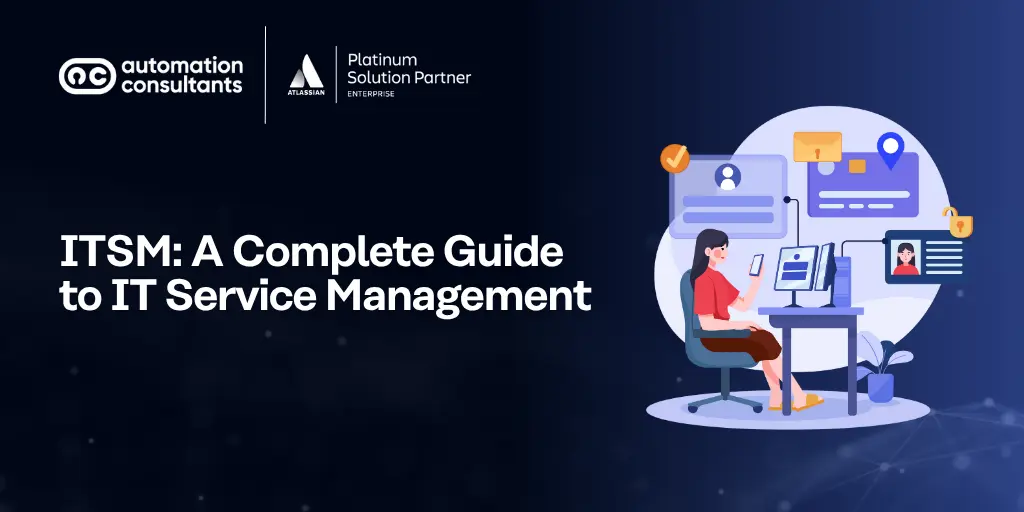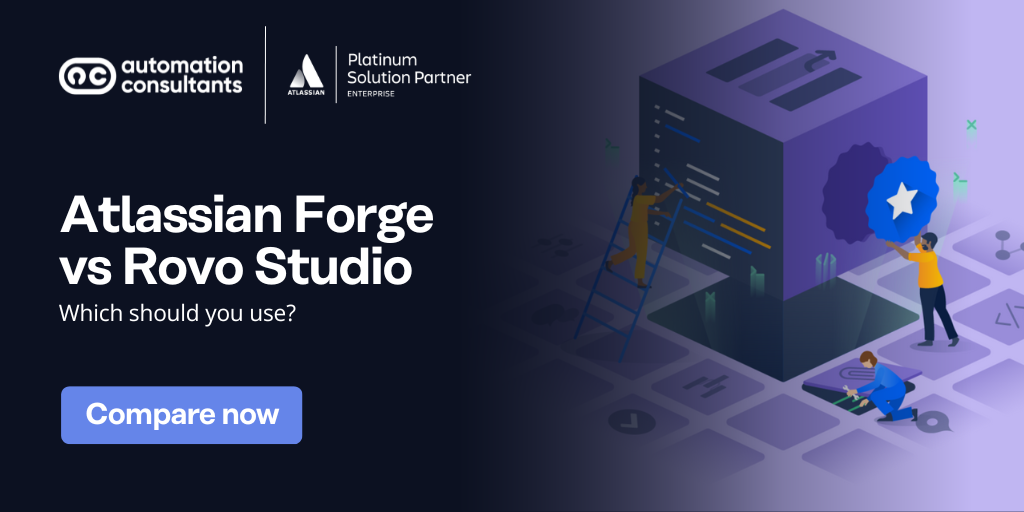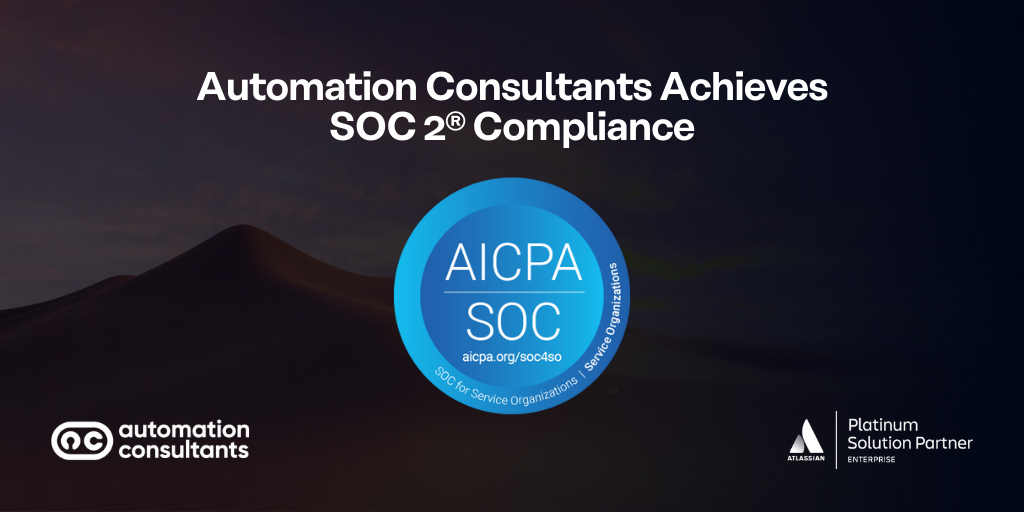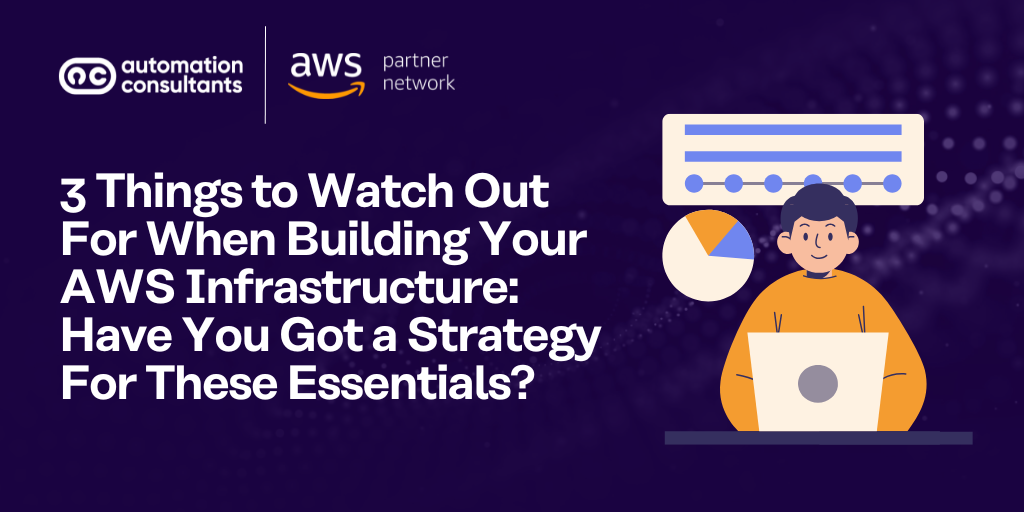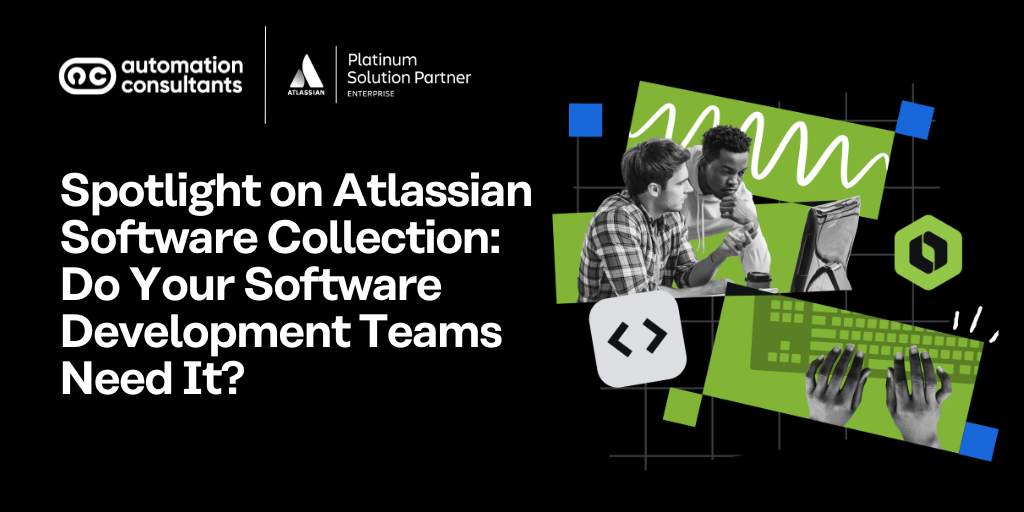IT services are a huge part of your daily processes. They might be internal—integrating new technologies, creating user profiles for new employees, or acquiring new hardware and software—or external, where you provide customer support for your business offerings. Either way, you need to monitor, prioritise and carry them out.
IT service management, or ITSM, helps you manage these activities effectively.
So, what exactly is ITSM, and how can it streamline your operations?
Facing issues in your ITSM journey? Talk to an ITSM expert today
What is ITSM?
Information Technology Service Management is a systematic approach to managing, deploying, and supporting your IT services. You can use it to design, build, operate, and enhance your processes. ITSM software can also help you automate routine tasks for extra efficiency.
The core philosophy behind this approach is that IT should work as a service. Any requests coming to your IT teams, service desk, network administrators, and compliance officers should be handled efficiently. They come in as a ticket, trigger a pre-designed workflow, and are resolved in order of priority.
It’s important to understand that it’s not just about basic support; it’s also about designing and optimising processes. ITSM should help teams improve and work more effectively instead of blindly imposing rules that don’t really work for your business.
Don’t pick the wrong project management tool! See how Jira and Azure DevOps compare – and which one aligns with your team’s goals.
ITSM processes
ITSM involves a range of processes, structured workflows and activities. Some of these are:
Service request management
Managing the IT resources of your business involves fulfilling requests from users. Certain tasks—such as requests for new hardware, password change, or software upgrades—are fairly routine in any organisation. Since they come up so often, your users will expect them to be managed and resolved quickly. Others, like upgrades or adopting new technologies, must be carefully planned before implementation.
Knowledge management
Your business has a great deal of valuable information about its IT assets as part of its documentation. You need to identify, categorise, and share it with the relevant people to use it optimally through a searchable, self-service knowledge base that allows users to have essential resources at their disposal when needed.
Incident management
An incident is any unplanned/sudden interruption of services, and as such, needs a pre-defined strategy to be dealt with quickly, so the disruption to services doesn’t last long enough to significantly impact users.
Problem management
Where incident management focuses on resolving disruptions in services, problem management identifies and deals with issues at the source to ensure it doesn’t happen again.
IT asset management
You own a variety of digital resources, which must be managed. Preventative maintenance keeps them running longer without unexpectedly breaking down. Since they might be interconnected, an upgrade or system change requires thought and planning. Once they reach the end of their lives, they must be suitably disposed of.
Change management
Any modifications to processes can be disruptive. However, if you have established procedures and protocols, they can make change easier to manage. With good visibility and context of all stages of the change, you can minimise risks and avoid bottlenecks.
What are the benefits of ITSM?
We’ve already discussed the benefits of ITSM in greater detail, but here are the highlights:
ITSM benefits for businesses
- Helps you standardise processes and automate routine tasks for smoother IT performance, better productivity gain and optimised resource utilisation.
- Brings down costs by streamlining processes, reducing instances of equipment failure and quickly resolving IT issues.
- Makes it easier to comply with industry regulations and standards, thanks to its compliance management functionality.
- Helps you prevent threats before they turn into major service disruptions and legal consequences.
- Allows your business to scale processes or resources as demand changes without compromising service quality for more agility.
- Helps you deliver quicker and more efficient service to both employees and customers for a better user experience.
ITSM benefits for your IT department
- Automating process workflows for routine tasks means you don’t need as much human intervention in your IT processes, allowing employees to focus more on what they’re best at.
- Identifying the root cause of incidents makes it easier to avoid prospective operational disruptions or downtime.
- Your IT teams can handle critical processes more efficiently and without losing quality.
- Standardised workflows reduce the chances of errors, promote consistency, and simplify tasks to make technical operations smoother.
ITSM benefits for employees or end-users
- Reduced instances of downtime result in a continuous online presence that keeps critical resources always accessible to end users.
- Having well-defined processes and service level agreements (SLAs) with ITSM ensures end-users are never left out of the loop and are informed about status updates and service expectations.
- Self-service portals allow users to troubleshoot common issues as they arise and access required information without the direct help of your IT team.
Discover the ITSM best practices that help your IT processes work more efficiently.
Important ITSM frameworks
As we said earlier, ITSM isn’t just IT support. As such, when you want to implement it, you may find it helpful to use an ITSM framework. This offers a structured approach with standard processes, tools, and rules to streamline the process of ITSM implementation. Some of the most significant ITSM frameworks include:
ITIL
Information Technology Infrastructure Library (ITIL) is the widely used framework for implementing and documenting ITSM, developed by the British government. It offers a modular approach so you can pick the services that are most relevant to your business. Its latest iteration—ITIL 4—prioritises simplicity, collaboration and feedback to drive continual improvement.
A strong example of an ITSM solution based on the ITIL framework is Jira Service Management (JSM). It offers most of what you require for ITSM implementation out of the box. You can then customise it based on your needs, including designing bespoke workflows, custom automations and using innovative integrations.
Alongside ITIL 4, modern ITSM relies heavily on configuration management databases (CMDBs) and other software tools that support visibility, automation, and service delivery. A CMDB provides a single source of truth for assets and relationships, helping organisations align with ITIL processes and maintain accuracy across change, incident, and problem management. This structured approach ensures that businesses can fully leverage the ITIL framework while integrating the right software tools to improve efficiency and compliance. Learn about the differences between ITSM vs ITIL.
COBIT
Control Objectives for Information and Related Technologies (COBIT), a widely used ITSM framework for enterprises, was developed by the Information Systems Audit and Control Association (ISACA). It offers best practices and guidelines for IT management and governance.
Its goals are slightly different from ITIL’s. COBIT prioritises governance, risk management, and alignment with business objectives. It can help you achieve and demonstrate compliance with the relevant regulatory requirements and standards.
ITIL, on the other hand, works towards improving service management processes and quality to offer customers a better experience. The two can co-exist, though, giving you enhanced service delivery with better regulatory adherence.
ISO/IEC 20000
This is an international standard that offers guidelines to help businesses implement, manage and constantly improve their ITSM system. As a framework, it draws heavily from ITIL. If you operate internationally or work with public-sector clients, being certified for ISO 20000 is highly beneficial. Most organisations in this sector expect their IT service providers to follow this standard.
To be certified, you must meet a set of 10 requirements, but the most important ones are the service management system and its application. Again, it’s very closely related to ITIL, but where the latter provides the best practices for implementing ITSM quickly, ISO 20000 is the benchmark.
MOF
Microsoft Operations Framework provides a set of documentation that guides IT teams throughout the lifecycle of an IT service—from concept creation to replacement. This helps them design, develop, deploy, and manage services whilst maintaining quality and budget.
However, its limitation is that it was designed to improve service management using Microsoft products. So, unless your organisation exclusively uses them, you might find ITIL to be a more relevant and comprehensive framework for your needs.
Atlassian Rovo or Microsoft Pilot: Who’s the better AI co-pilot? Read our full blog to find out which tool gives your team the edge.
DevOps
Now, wait a minute, you say. Isn’t DevOps a culture and philosophy that seeks to enhance collaboration between IT operations and the development team? How can it be a framework?
It’s true that DevOps is used to speed up the software development process and ensure continuous delivery whilst maintaining high software quality. However, its underlying principles lend themselves very well to ITSM.
For one, it fosters a culture of collaboration. Secondly, its focus on automation means it can help streamline workflows and speed them up. Its Agile approach to processes allows your IT service team to respond to issues quickly and efficiently. Finally, DevOps’ emphasis on continuous improvement means you iteratively improve your processes over time.
Of course, the opposite is also true; ITSM’s focus on service delivery and change management benefits DevOps processes. By integrating the latter into the former, you can get more value out of your ITSM implementation.
What to consider while implementing ITSM
Here are some tips to successfully implement ITSM within your organisation.
- Define objectives: Before you kickstart the process, clearly define your organisational goals and objectives and ensure the ITSM implementation initiative aligns with them. It’s important to realise that ITSM inherently improves service delivery, so it must be a priority for your organisation; without buy-in across your stakeholders, you’re likely to see poor engagement or adoption rates..
- Prepare beforehand: Changing your processes can be a challenge and must be planned carefully. Assess the readiness of your organisation for the change and make sure all stakeholders are on board. Create a realistic roadmap detailing the processes and workflows to be built upon, implemented, or modified.
- Assess your current state: Take stock of where you are with your current IT Service Management practices and capabilities. There are various techniques and tools — benchmarking, surveys, maturity models, audits, interviews, etc.— to help you conduct a thorough gap analysis. This lays a strong base for a streamlined and efficient ITSM framework that best suits your business goals and needs.
- Select the framework: The framework you choose can make or break the success of your ITSM initiative. Ensure it’s relevant to your industry and aligns with your business goals.
- Resource Allocation: Your IT budget, staff and technology are all resources and, as such, their use must be planned efficiently.
Training and Communication: Educate your staff and ensure cross-departmental collaboration to ensure understanding and buy-in for the ITSM changes. Develop a culture of continuous improvement through learning and collaboration within the organisation to ensure your ITSM processes evolve and are optimised over time.
How to choose an ITSM software
ITSM software is not a one-size-fits-all solution. What tool would best suit your company depends on your unique requirements, business specifications, and objectives.
Consider the following tips while selecting ITSM software:
Determine your must-have functionality: All ITSM platforms should deliver core capabilities around self-service, knowledge management and request management, to name a few. So, to truly dig down into the solution you need, identify your absolute must-haves. Do you need integrated asset management? Or, is your priority incident escalation capabilities, which can connect your ITSM platform to your Software Development tools. Perhaps a focus on AI innovation is the most important feature for you. Identify your key priorities to help focus your search.
Ensure scalability: You need a tool that can effortlessly grow with your business. An inflexible ITSM tool can impede the future expansion and operational efficiency of your business.
Check for usability: An ITSM tool with a user-friendly interface and intuitive navigation can significantly speed up the implementation process by shortening training time, increasing adoption rates, and easily integrating with existing workflows.
Collaboration features: Choose an ITSM solution that fosters communication and teamwork to resolve issues faster.
We’re big advocates for Jira Service Management (JSM) as an ITSM solution. A core product within the Atlassian System of Work, JSM is an end-to-end ITSM solution that delivers high-quality services by uniting the IT, development and business teams on a single AI-enabled system.
This scalable ITSM tool comes with self-service functionalities, such as customisable portals, customer request automation and knowledge base integration, with no extra licensing cost. JSM fosters collaboration, enables quick issue tracking and improves communication. Overall, its features seamlessly align with business objectives to boost efficiency.
The Future of ITSM
Anticipating the future is a good way of being prepared for it. If you’re planning to implement ITSM within your business, you might want to look at some of the trends that are driving this technology:
AI-driven automation and predictive ITSM
With artificial intelligence powering your ITSM solution, you can automate routine requests to create a self-healing environment.
Chatbots (often referred to as Virtual Agents) can further reduce the burden on your people. These tools can access your knowledge base and answer common questions for users, freeing your IT staff for more complicated tasks.
Automation can also help with incident management, where your ITSM solution implements a pre-planned incident response for quicker mitigation.
Finally, predictive analytics helps you anticipate issues so you can proactively prevent them, whether it’s through timely maintenance or intervening before the issue has a chance to develop.
Agile and DevOps integration
We mentioned DevOps as a potential framework for ITSM for a reason. The two aren’t mutually exclusive; they work very well together to streamline your processes and speed up your service delivery. Bringing Agile and DevOps philosophies together with ITSM allows you to be more adaptive and more customer-focused.
Enterprise service management
The principles of ITSM are being applied to improve service delivery across other business departments. Teams such as human resources, finance, and facilities management also have similar request tracking, knowledge management and workflow automation needs to IT. As such, using ITSM practices can help improve efficiency and customer experience for them as well. It also means consistent service across the organisation.
Self-service and experience-driven ITSM
The shift-left approach isn’t just for development; it’s becoming quite prominent in IT service management as well. The idea is to resolve user issues as early and with as little intervention as possible. This is where self-service portals and knowledge bases are useful. They answer the most common questions users have, with generative AI providing tailored answers to solve specific problems.
This is a part of the new business model where user experience is as important as guaranteed uptime. In fact, businesses are now prioritising experience-level agreements (XLAs) over the traditional SLAs. As a result, there’s a distinct shift in ITSM towards creating a simpler, more efficient user journey.
Cloud-based ITSM
Like most other technologies, ITSM solutions are starting to become cloud-native. This allows them to be more flexible and scalable. It also makes them remotely accessible, which fits in well with the flexible working model that most businesses are following. Whether your business chooses a completely cloud-based or a hybrid ITSM approach, it can help you save on infrastructure costs and seamlessly integrate your ITSM solution with other SaaS applications.
Unleash the power of ITSM with Automation Consultants
ITSM implementation is complex and needs coordination and planning to be successful. As an official Atlassian Specialised Partner in IT Service Management EMEA, we can help streamline your IT service management processes.
From providing ITSM consultancy to Jira Service Management training, at AC, we are happy to guide you through your IT Service Management challenges and opportunities.
Let’s talk shop!
Turbocharge your ITSM strategy with our free 30-minute, no-obligation consultation service! Share your challenges and we would be happy to help you.

